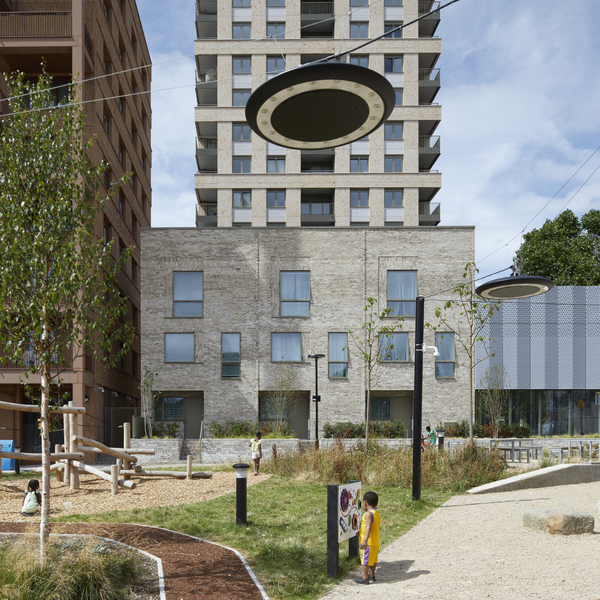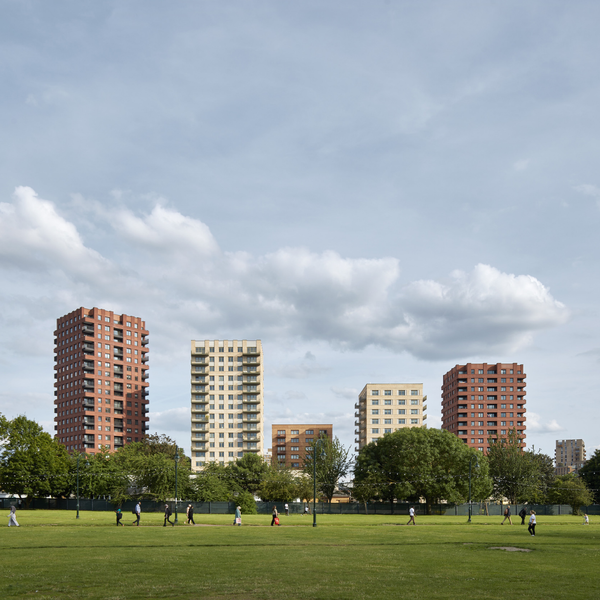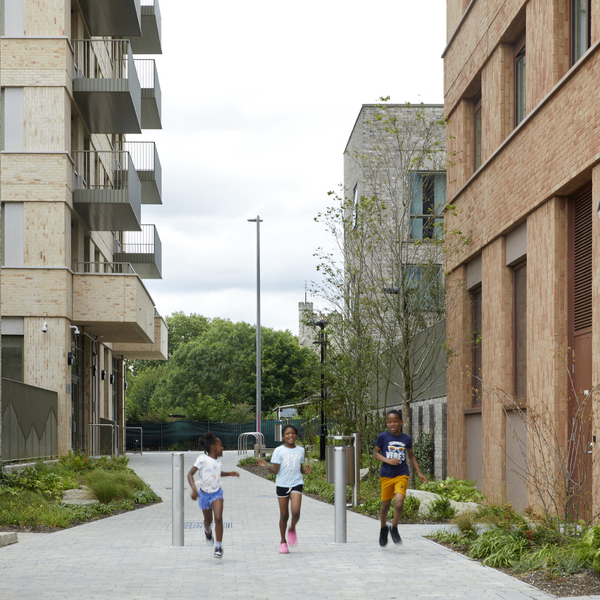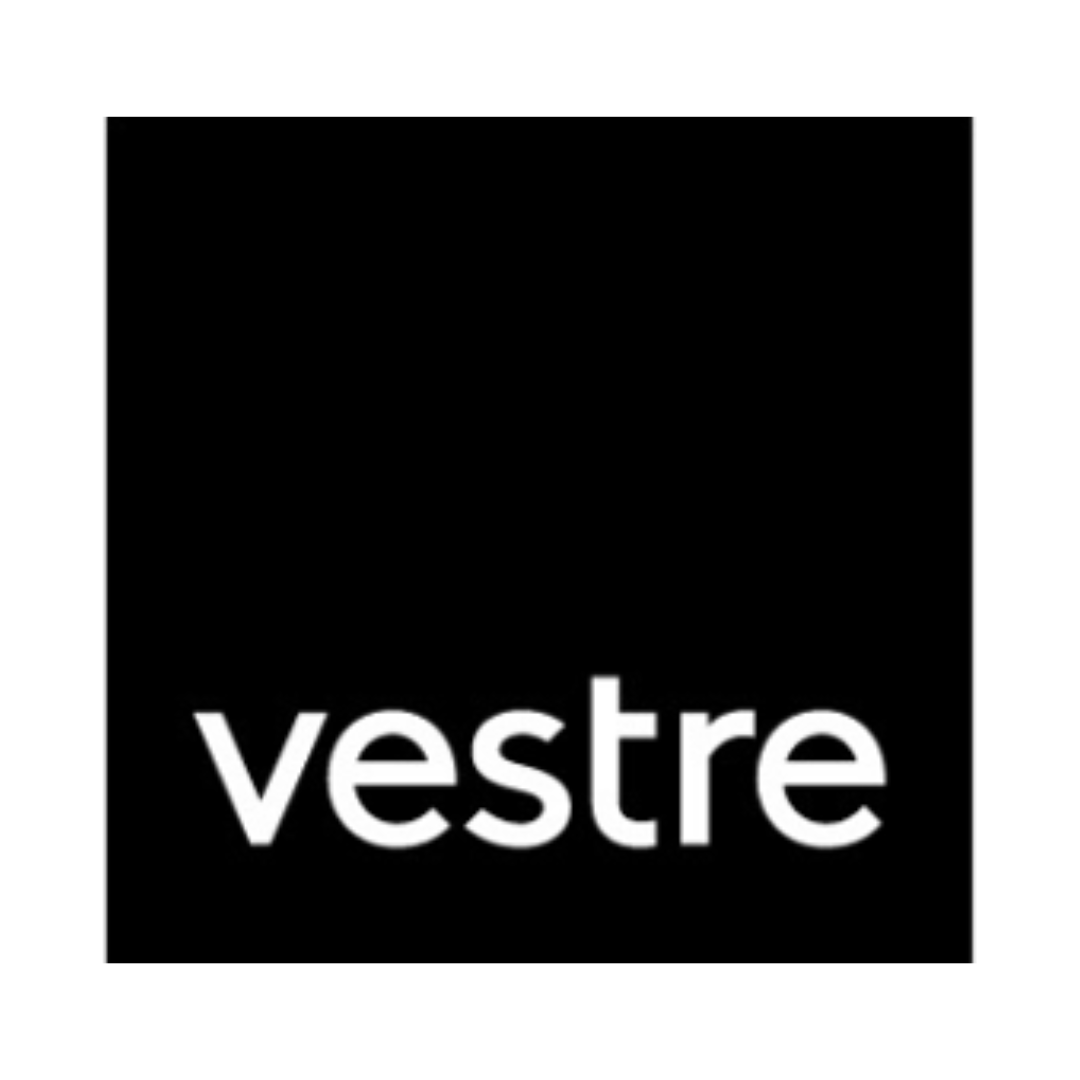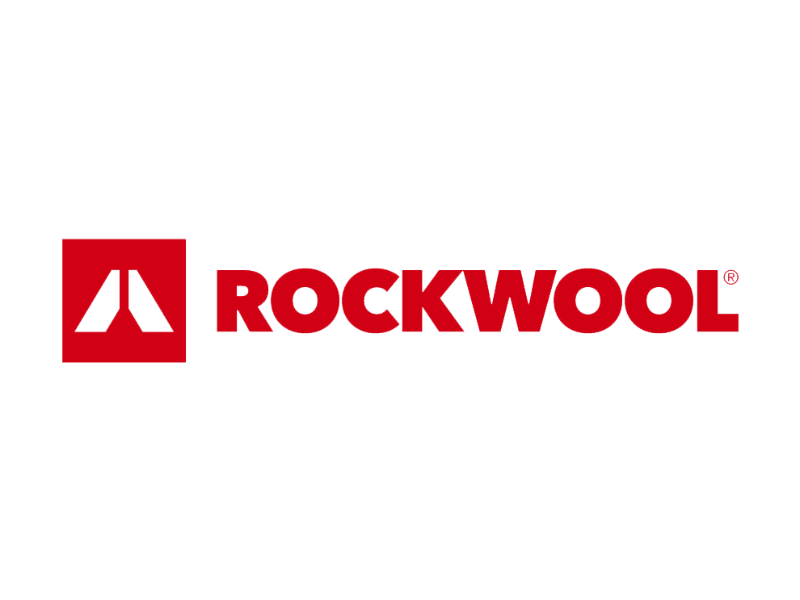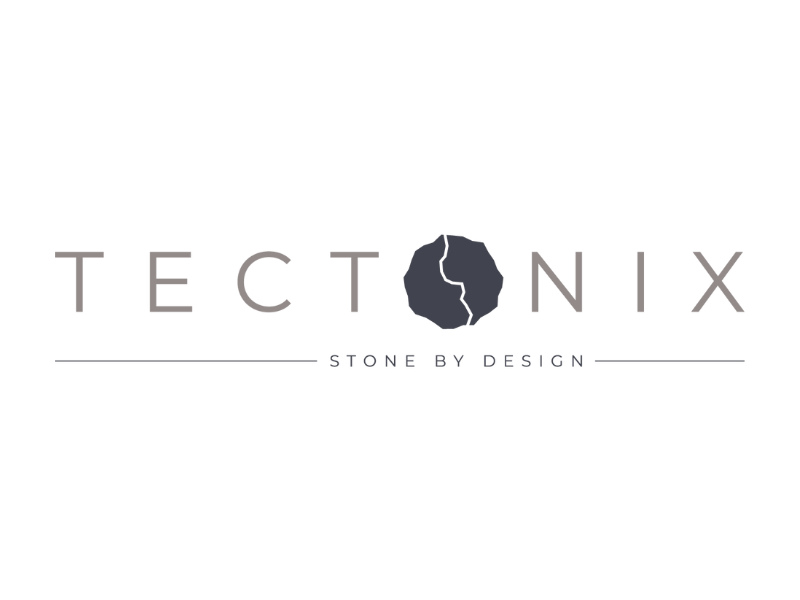Project showcase
Gascoigne West Phase 2, London Borough of Barking and Dagenham for Be First and London Borough of Barking and Dagenham with White Arkitekter and Wates Residential
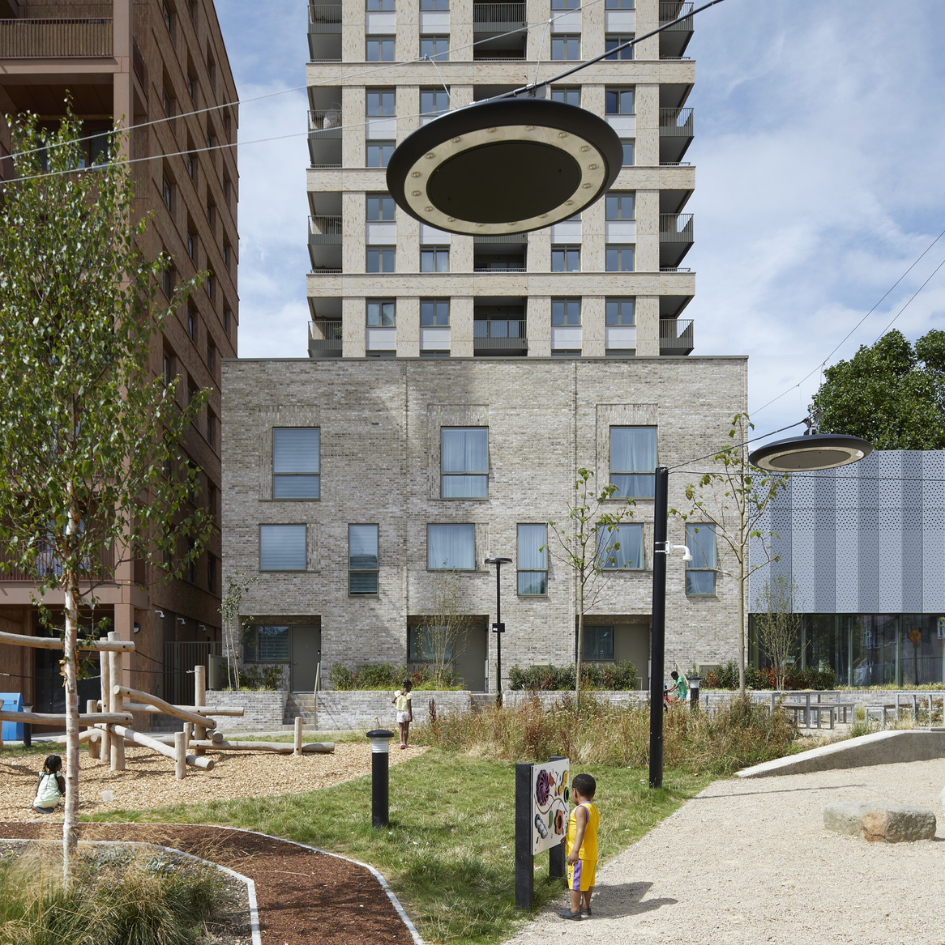
West Phase 2 features 386 new homes and a 1,500 sq m playground, arranged into five apartment blocks (9 to 20 storeys) and three-storey townhouses surrounding three courtyards. Inspired by Scandinavian urban design, it emphasises equitable living, climate resilience, and wellbeing. The development includes 60 per cent affordable rent, larger family homes, and 10 per cent wheelchair-accessible units. Using passive design principles, it optimises building geometry and orientation to reduce energy demand, nurturing a sustainable, inclusive community.
Who is on the project?
Architect - White Arkitekter
Executive architect - tp bennett
Landscape architect - White Arkitekter, fabrik
Structural and civil engineer - Mason Navarro Pledge, Mott MacDonald
MEP consultant - Aecom
MEP specialist - ESG
Energy and sustainability consultant - Aecom, Energist UK
Environmental consultant - Aecom, Hodkinson
Fire consultant - Aecom, Hoare Lea
Planning consultant - Be First, Avison Young
Design manager - Plan A Consultants
Transport consultant - PBA, Stantec
Arboricultural consultant - Sharon Hosegood Associates
Construction consultant Silver
Development & - Construction Group
Principal designer - John Rowan & Partners
Acoustics RBA - Acoustics
Main contractor - Wates Residential
Describe the social and environmental context of this project, its neighbourhood and people. What is the purpose of the building? How does this building make an impact in its community?
Developed by Be First, London Borough of Barking and Dagenham’s urban regeneration company, West Phase 2 includes 386 new homes, and a 1,500m² playground. The homes have been arranged into five apartment blocks ranging in height from nine to 20 storeys, as well as three-storey townhouses, framing three courtyards. The redevelopment of the estate has been based on Scandinavian urban design principles of equitable living, climate resilience and wellbeing. To create a diverse and inclusive neighbourhood, the homes contain a mix of 60 per cent affordable rent, a significant proportion of larger family homes and 10 per cent wheelchair-accessible units. The development also include a Community Hub for flexible use at the heart of the place. Its placemaking strategy follows a landscape-led approach to promote walking, shared amenities and reinforce existing routes. The project acts as a gateway to Gascoigne West through a convergence of routes through and around the estate, linking it to Barking town centre – following a 15-minute neighbourhood concept – and meaning that Barking Station, the town hall, centre, library, four schools, the River Roding and Barking Creek are all within a short walk. In addition to the new 1,500m² park, play has been incorporated throughout the public realm via less formal play spaces and streets. This has been co-designed alongside White Arkitekter’s Places for Girls research through co-design workshops with girls in year 8 from the Greatfields School to gauge the needs of young people.
What makes this place thrive? How does the community come together? What makes this a great place to live, work, play, visit or learn?
The place offers a thriving community with its unique blend of modern development and strong local ties. The regeneration project has transformed the area, introducing modern, energy-efficient homes and improved public spaces, making it one of the greenest, most affordable neighbourhoods in London. The estate’s proximity to Barking town centre provides easy access to shopping, dining, and public transport, making commuting to central London simple. The design is based on inclusive design parameters, to meet the needs for all people in the community and visitors. The place that provides a green, biodiverse healthy landscape in an urban context. All home have a private outdoor amenity space, as well as access to shared courtyards. The new Community Hub at the heart of the development provides a community space for flexible use, which help foster a sense of belonging. The development integrates housing solutions that respond to demographic shifts, such as large townhouses for families, and smaller 1-3bed homes in the towers, in to accommodate various needs. The tenure blind design ranging from lowest affordable rent to a mix of private and affordable homes in towers. Allowing residents to stay within their community whilst “climbing the residential ladder”, mixing young professionals, seniors and families. The 1,500m² playground provides accessible green spaces as well as spaces to connect, relax, and collaborate. Families, professionals, and people from diverse backgrounds contribute to the area’s rich social fabric. West 2 offers a strong sense of community, accessibility, and opportunity, making it a great place to thrive.
Please share any data or evidence about the social, economic and environmental performance of this place, or any relevant figures such as footfall, visitors, engagement metrics, residents, etc.
Urban design principles of social wellbeing embedded within the design focus on community activities. Active frontage and well overlooked streets, mews and courtyards, creates a public space strategy that allows the neighbourhood to be safe and active. Optimised microclimate, generous sunlight/ daylight and wind mitigation improve outdoor comfort, enable more social and community activities outdoors, leading to a higher degree of social inclusion, and healthier, more active lifestyles. The design is based on passive design principles in building geometry and orientation, with efficient form factor, reducing the energy demand in the buildings. The proposal is based on resilience and strategic water and energy use, incorporating ecosystem services, SuDS strategies and reducing heat loads through green roofs and gardens. PV panels provided on both towers and townhouses. All homes are linked to a district heating system, water source heat pumps from the River Roding supply 69% of the heat, providing a 40% CO2 emissions reduction against building regulations. Public consultation was held during the pandemic, through online videos, presentations and workshops, in combination with 1-2-1 interviews, and focus groups with residents. White held co-deign workshops with girls in year 8 at Greatfields school through our Places for Girls programme. Wates Residential delivered the project and provided @95.7m SROI with £64m economic benefit generated for the local community, and £19m spend with local suppliers in LBBD. Employment for local people was supported through apprenticeships, work experience placements, and mentoring sessions coaching interview skills and CVs. The project created 188 new local employments.
Gallery
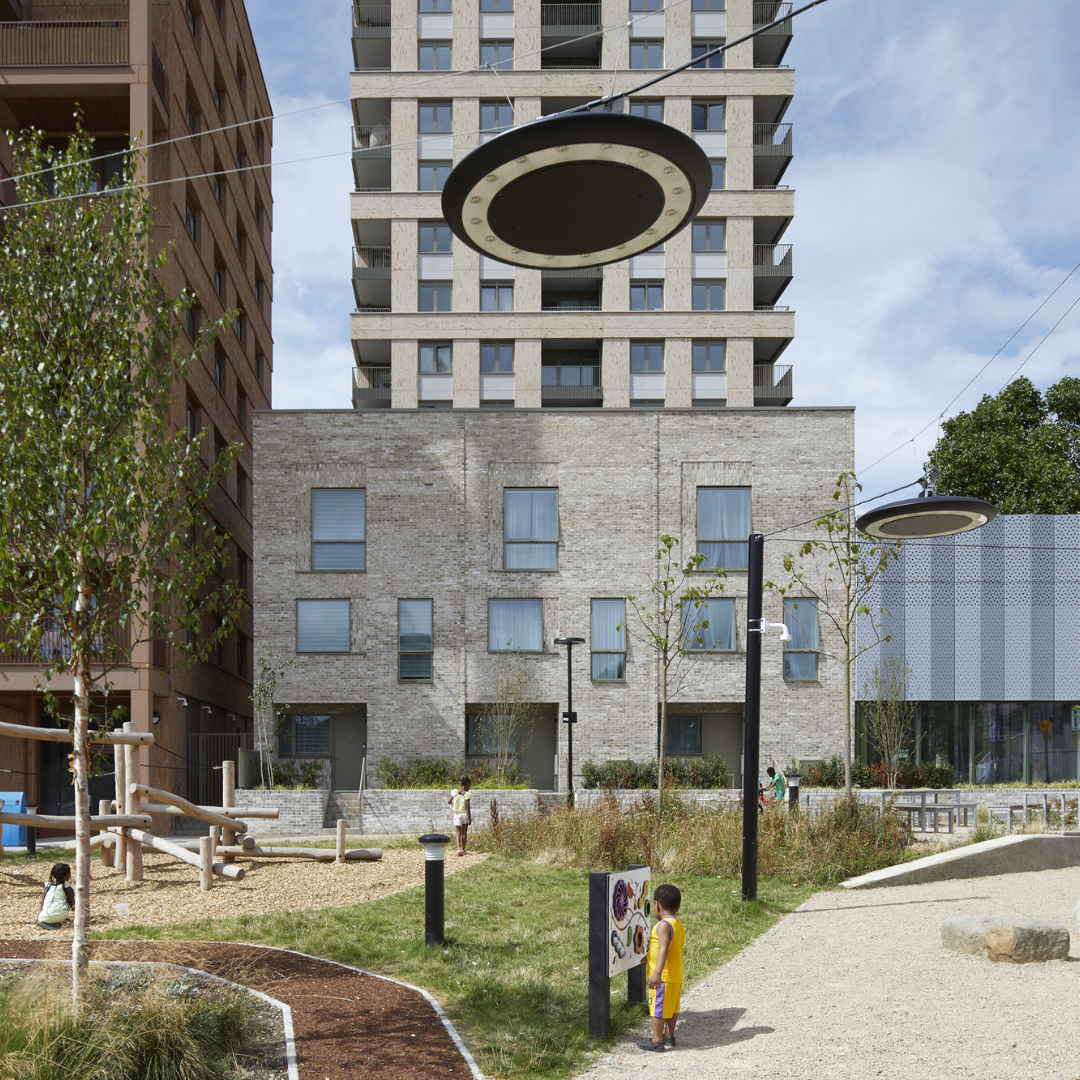
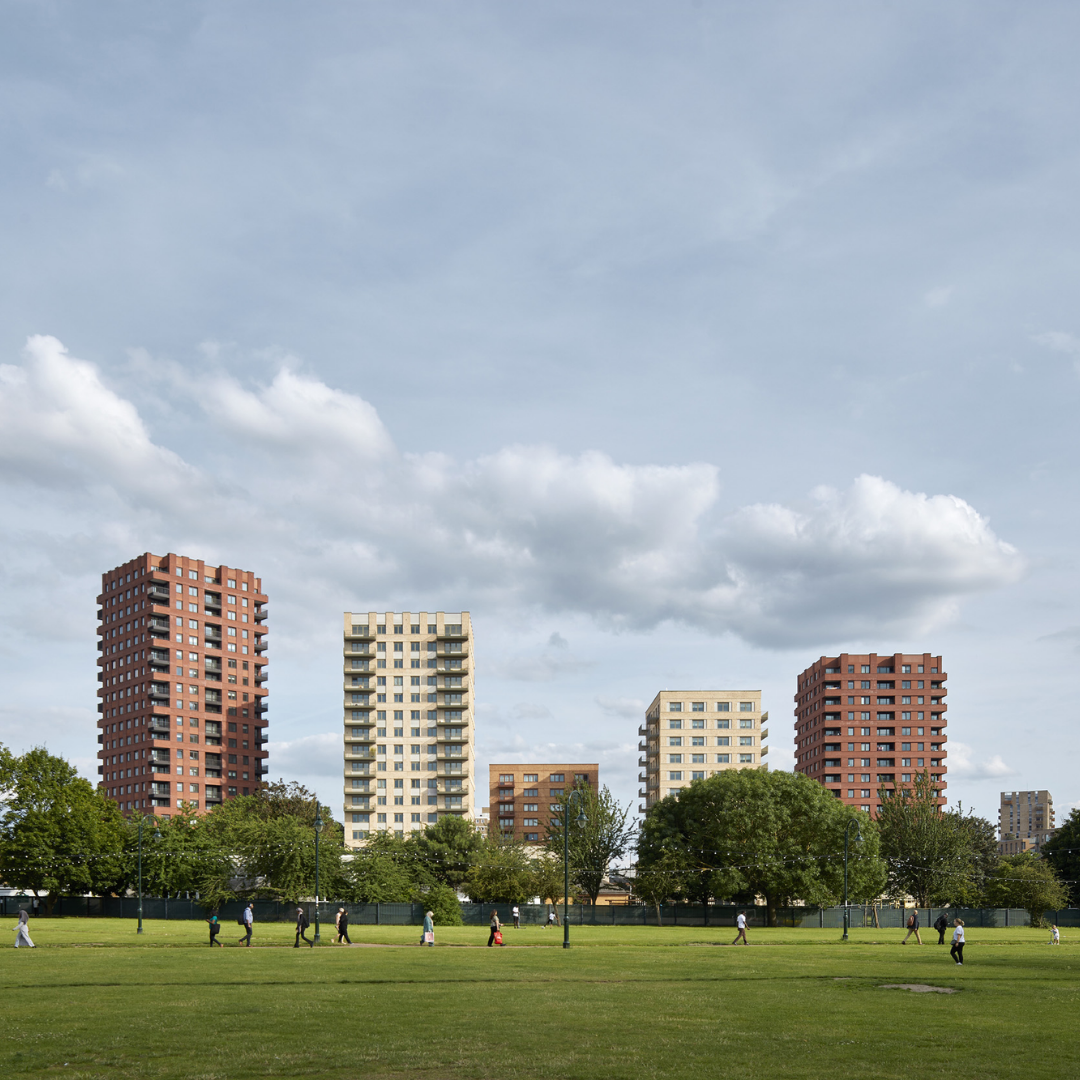
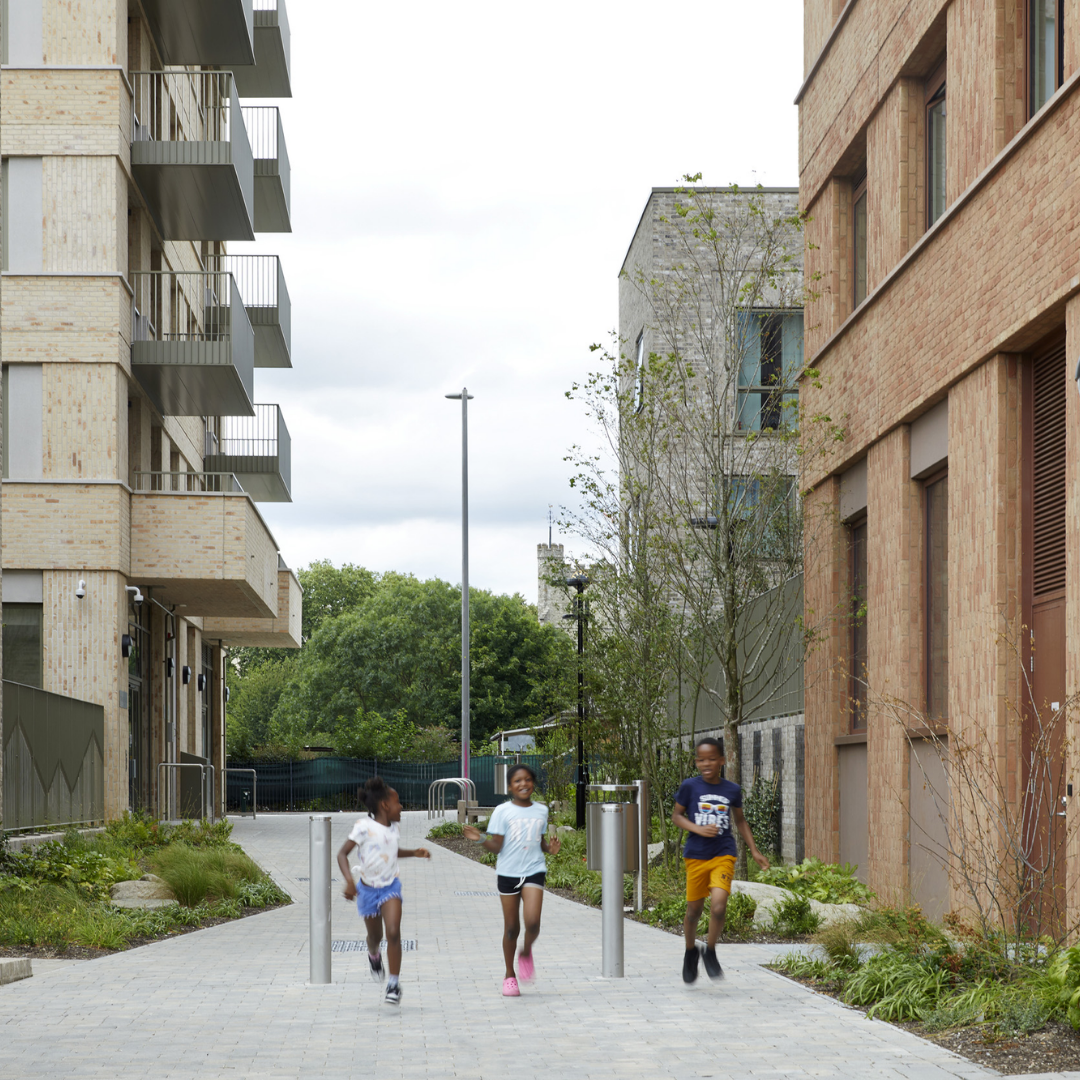
Festival of Pineapples
24-26 February 2026
Pineapples prize giving night
April
Pineapples at Festival of Place
10 June 2026
© The Pineapples - Tweak Ltd. 124 City Road, London, EC1V 2NX. Tel: 020 3326 7238
